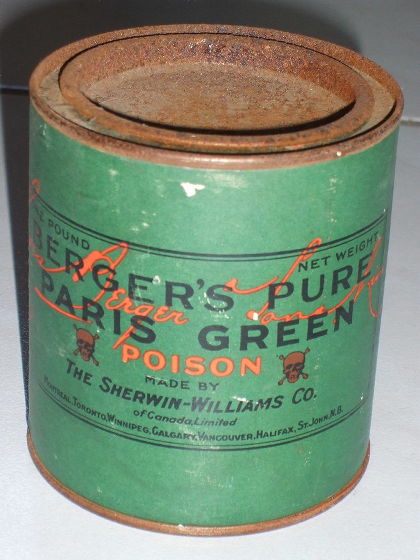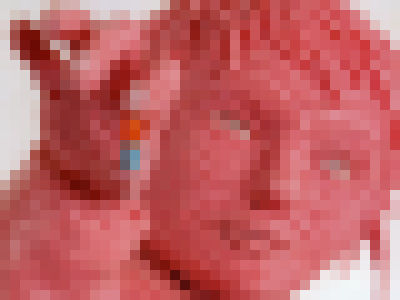How to identify 'toxic books' that will physically poison your body when you read them

In modern society, books are rarely considered dangerous, but in fact some old books contain dangerous 'poisons.'
Many old books contain toxic chemicals – here's how to spot them
https://theconversation.com/many-old-books-contain-toxic-chemicals-heres-how-to-spot-them-228834

The Winterthur Museum, Gardens and Library and the University of Delaware are working on a collaborative research project called the Poisonous Book Project . The Poisonous Book Project is creating an inventory of books, focusing on whether they contain potentially toxic pigments , rather than on their contents.
'Books may contain poison' may not ring a bell for many people, but this is linked to the history of bookbinding. In the past, leather was often used to bind books, but when mass production of books began in the 19th century, bookbinders began using cheaper cloth for the covers. At this time, it became popular to dye the cloth in bright colors to attract the reader's attention.
One of the popular pigments at the time was a bright green pigment called Scheele Green , but it eventually fell out of favor because it deteriorated and turned black quickly. However, green pigments derived from Scheele Green, such as Paris Green (emerald green/floral verdigris), were more durable and were widely used to dye book bindings, clothing, candles, wallpaper, and other items green.

By Wikimedia Commons
However, the raw material for Scheele Green actually contained highly toxic
It is also said that the arsenic-containing green pigment also had a negative effect on Napoleon Bonaparte , who is said to have died of stomach cancer. Napoleon loved the bright green color so much that he ordered Longwood House, his home on the island of St. Helena , where he was exiled, painted green.
In the second half of the 19th century, the toxicity of green pigments gradually became known, and in 1862 the satirical magazine Punch published a cartoon called ' The Arsenic Waltz ,' depicting dancing skeletons, satirizing people dancing in costumes containing arsenic.

The Poisonous Book Project focuses on 19th century books bound with a green pigment containing arsenic . They tested 350 green cloth-bound books from the 19th century held by the Winterthor Library and the Philadelphia Library, and found that 39 of them contained arsenic in their bindings.
Common characteristics of old books containing arsenic include being bound in England or North America, having bright green cloth on the front and back covers, a bright green or faded brown spine, being decorated with gold leaf or embossing (a process in which the book is not painted but is instead embossed using a press), being dated to the 1840s or 1860s, and being decorated with a Moroccan woodgrain pattern.

by Winterthur Library, Printed Book and Periodical Collection
In addition, the Poisonous Book Project points out that not only green books, but also books that use red pigments derived from cinnabar , which contains mercury , and yellow pigments that contain lead chromate , may be toxic to humans.
As a result of the Poisonous Book Project, two books were removed from the French National Library in April 2024 due to the possibility that they contained toxic pigments.
Roach says that even if you do come across a '19th century green book,' you won't get severe arsenic poisoning unless you eat the whole book, so there's no need to be overly scared from the start. However, accidental exposure to arsenic compounds can irritate the eyes, nose, and throat, so it's best to avoid touching them with your bare hands or bringing them onto your desk or bed.
Roach also recommended that people who frequently come into contact with these books for work or study wear gloves to avoid touching the books directly, and clean any surfaces that the books come into contact with after they're done working.
Related Posts:
in Science, Posted by log1h_ik







